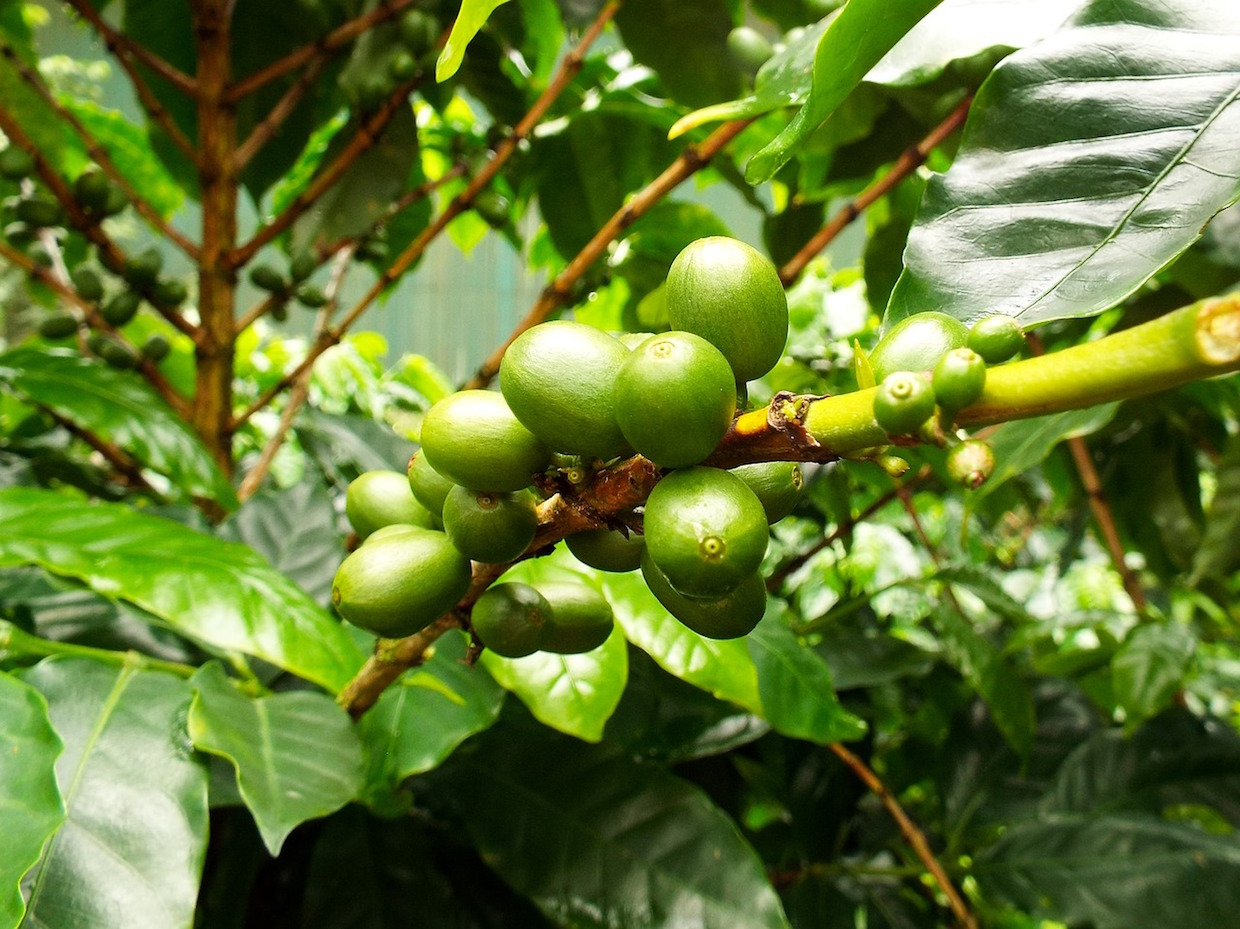Collectively, the lands on which coffee is grown are being strained. Climate change, poor land management, chemicals, wastewater and numerous other factors both natural and human-made continue to threaten the long term health of the coffee sector and the livelihoods of the people who depend on it for income.
In response to this, the Global Environmental Facility — which has provided $17 billion in grants and has mobilized an additional $88 billion in financing for more than 4,000 environmental projects since its founding in 1992 — has for the first time included coffee in its list of commodities on which funding can focus.
In its current four-year replenishment cycle, GEF-7, the independent global environmental fund has $4.1 billion for project financing, though the coffee sector has historically not tapped into GEF funds.
“To date coffee projects received just US$32.8 million GEF funds, representing less than 0.2 percent of the total GEF funding pot, and $223 million in co-financing,” José Sette, executive director of the International Coffee Organization (ICO), said in an announcement today. “The coffee sector needs to take full advantage of such financing mechanisms and act swiftly to unlock green and climate finance by promoting practices, strategies and enablers for a climate resilient coffee supply chain and economy.”
Now that coffee has an opportunity to unlock GEF funds, the ICO and the Sustainable Coffee Challenge (managed by Conservation International), have collaborated to create a guide for governments and other stakeholders to navigate the funding mechanism while prioritizing investments and environmental programs. The 24-page guide identifies individual GEF agencies, outlines funding criteria, explores multi-stakeholder approaches and shows the project development process, among many other explications of GEF-7.
“The opportunity of GEF-7 is extremely timely for the global coffee sector, as nearly every major coffee-producing landscape is under stress due to the impact of climate change,” Bambi Semroc, vice president for sustainable markets and strategy at Conservation International, said in an announcement of the joint release. “Rising temperatures, droughts and changing weather patterns are predicted to reduce the overall land suitable for growing coffee by 50 percent. As traditional growing areas decrease, farmers may look to plant coffee in protected locations situated in biodiversity hotspots, such as forested areas located higher up on mountainsides that are designated for conservation.”
The complete guide is available here.
Nick Brown
Nick Brown is the editor of Daily Coffee News by Roast Magazine.







Comment